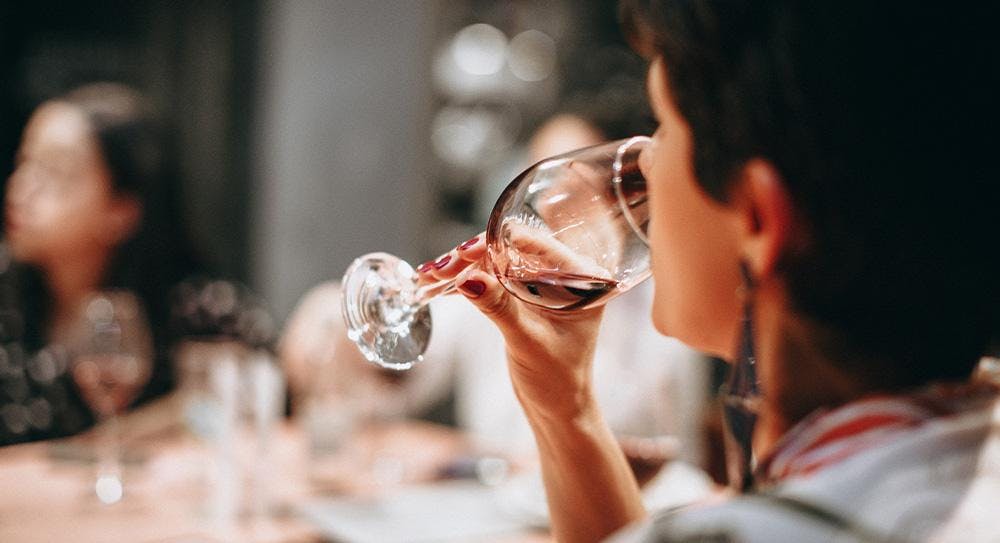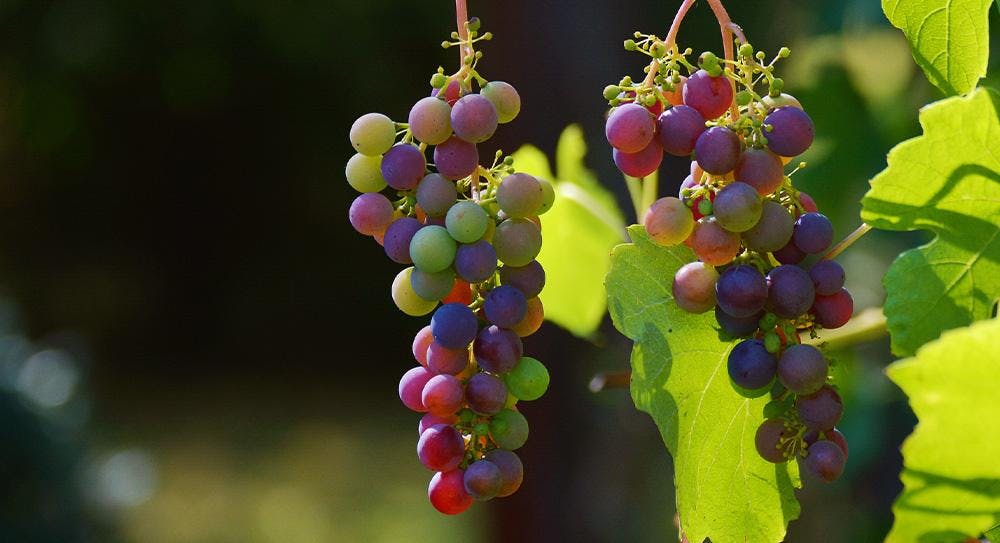Lifestyle
Is Red Wine Really Good For You?
6min read
We've all heard talk that a glass of wine a day keeps the doctor away, but what about the health risks associated with alcohol? At all plants HQ some of us are partial to the odd tipple, so we made it our mission to find out the truth about red wine.
Unpicking Red Wine’s Rep
It is the different types of polyphenols, micronutrients found in red wine, that are responsible for its good reputation. Of these, the most abundant are procyanidins called tannins (the pigment that gives wine its colour) and resveratrol (a powerful antioxidant). These polyphenol compounds are scientifically proven to have positive effects on:
- blood pressure,
- obesity,
- inflammation,
- diabetes and
- blood lipid levels (including cholesterol and fat).
They are also thought to fight cancer. That’s the science bit.
Wine has been found to be integral to the lifestyle of groups of people who live way passed 100. Sardinians specifically enjoy a couple of glasses of Cannonau wine, thought to be particularly high in certain flavonoids, in the evening. Of the five Blue Zones — places where a larger than average proportion of people live healthily into triple digits — four communities drink moderately and those who do tend to outlive the non-drinkers.
However, here’s the catch...es. Red wine contains very little of the healthy compounds mentioned above and, after a glass or two, studies do not report a high enough concentration in the blood plasma to have a significant effect.
Secondly, the alcohol itself is problematic and it is unclear whether it negates any of the proposed benefits anyway. Sadness...

But, I love a glass of wine!
Of course, what this doesn’t take into account is the enjoyment factor; we’d hazard a guess that no one actually drinks red wine (or alcohol in general) for the physical health benefits. The fact is, red wine does contain small amounts of healthy plant compounds and no fat or cholesterol. Therefore, if you fancy a bevvie — and we have to be sensible and say: in moderation — red wine is a good choice to make. Even better, why not try some Sardinian Cannonau wine, which is thought to be (at least partly) responsible for the longevity of the island’s inhabitants.
However, if you don’t already drink alcohol then we don’t recommend taking up the hobby in order to get the health benefits of wine. The best way to get all the good and none of the bad stuff is to go straight to the source and eat grapes; all the best bits are found in their skins.

11 fun facts about red wine
- The oldest winery that we know of is Armenian, dated to 4100 BCE and over-consumption is well documented… Works from the Bible to the Odyssey mention its perils.
- The world’s oldest bottle of wine dates back to A.D. 325 and is on display in the historical museum in Speyer, Germany, where it was found. The oldest known wine cellar is on the Titanic and, surprisingly, most of the bottles were still intact when the wreckage was explored. They have since disappeared... What happened to them remains a mystery.
- In the Middle Ages, it was monks who made the most, and the best, wine. They are rumoured to have tasted the earth itself to detect changes and potential effects on their grapes. Nowadays, Vatican City consumes the most wine per capita.
- There’s a spa in Japan that has all the usual offerings, but also “baths of amusement” like, you guessed it, red wine.
- One glass of wine contains the juice from around one cluster of grapes: about seventy-five grapes in total.
- There are 11 different size bottles. The smallest is the 187ml ‘split’ while the largest, the Nebuchadnezzar, holds the equivalent of 20 standard bottles.
- The study of wine is called oenology. And wine lovers or haters are called oenophiles and oenophobes respectively.
- It is the pigment in the grapes’ skin that gives wine its colour so white wine can be made from red grapes (as long as it doesn’t make contact with the skin) but red wine can’t be made from white grapes.
- And all those different “notes” — chocolate, cherry, elderflower, band-aid..? They all come from the grapes themselves, or the barrel the wine is aged in. Pretty impressive.
- There are two red wine-inspired pantone shade: Marsala (PANTONE 18-1438 TCX) and Windsor Wine (PANTONE 19-1528 TCX).
- But just in case red, white and rosé aren’t colourful enough for you, you can now get both blue and orange wines… We’re not convinced, so we’ll leave it to you to let us know how they taste.
By Munjeeta Sohal
MJ is a freelance writer, avid reader and habitual ruminator (and user of fancy words). She couldn’t live without books and her cats. On her days off, you can find her cycling up and down the Lea Valley, searching for a great vegan recipe to cook, or, well, reading her book with her cats.
Let us take care of dinner
We help to make eating more plants easy and delicious. Fancy letting us take care of dinner? Check out our delicious meals here.
Shop now
